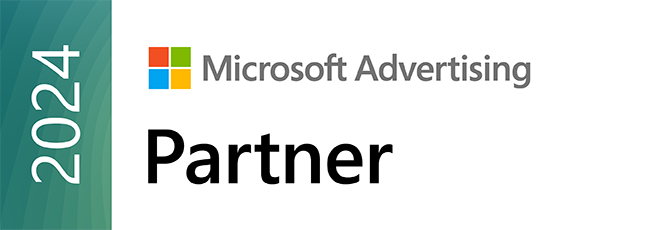Navigating the New Era: Google Consent Mode V2 and Its Impact on USA Associations

In the dynamic digital marketing in the United States, Google’s latest updates to its Consent Mode are transforming the landscape for digital advertising agencies, especially those serving associations and trade shows in the USA. This blog post delves into the intricacies of Google Consent Mode V2, highlighting the transition from reliance on tracked (cookie) data to a focus on non-tracked and modelled data and its implications for USA associations.
Understanding Google Consent Mode V2
Google Consent Mode V2 heralds a significant shift in the digital advertising market, altering how websites and apps monitor user interactions and conversions. Striving to find a middle ground between data privacy and the demands of the digital marketing industry, this update prioritizes explicit user consent for harnessing first-party data in Google Ads and Google Analytics, as evidenced by recent digital marketing statistics.
The Shift to Non-Tracked and Modeled Data
Amidst tightening data privacy regulations, the digital marketing industry growth is tilting towards a privacy-centric approach. Google Consent Mode V2 exemplifies this evolution by empowering associations to collect and scrutinize data independently of conventional cookies. This move mitigates privacy issues and lays the groundwork for cutting-edge data modelling techniques, reflecting the digital advertising market size and broader digital ad market trends.
Implications for USA Associations
Enhanced Privacy Compliance
The revised Consent Mode underscores the alignment with more rigorous data privacy norms for USA associations, a vital aspect of the digital marketing market. By securing explicit consent for tracking, associations underscore their dedication to user privacy and build trust with members and stakeholders. This factor can influence digital marketing growth statistics and revenue generation models.
Dependence on First-Party Data
The focus on explicit consent accentuates the value of first-party data, compelling associations to capitalize on their direct connections with members to extract meaningful insights, thereby necessitating sophisticated data management practices. This is a pivotal consideration for entities competing in the digital advertising market.
Impact on Digital Marketing Strategies
The landscape of digital marketing strategies is poised for substantial changes. Associations need to reassess their personalization, retargeting, and analytics tactics. With the decline of third-party cookies, the emphasis will shift towards consent-based, first-party data strategies, a trend that those monitoring digital marketing revenue generation strategies must leverage as consent essentially switches from user-side data to server-side data.
Navigating the Transition
Consent Management Platforms (CMPs)
Embracing a Google Consent Mode compatible Consent Management Platform (CMP) is essential for associations. These platforms are instrumental in streamlining user consent management, ensuring regulatory compliance, and maintaining the efficacy of personalized ads and conversion tracking and ROI, a critical component for digital marketing for associations.
Preparing for March and End of 2024 Deadlines
Associations need to act quickly to comply with the upcoming deadlines. By the end of March 2024, functionalities such as remarketing lists and audience targeting in Google Ads will mandate consent mode integration, a crucial aspect of digital advertising spending. By the end of 2024, all conversion tracking, a significant component of digital ad spend, will necessitate consent, reflecting the evolving landscape of ad spending.
Making Necessary Adjustments
he specific adjustments required depend on an association’s current digital footprint. It’s essential to evaluate existing setups, from website tags to app SDKs and data upload tools, to ensure they align with the new consent requirements. A comprehensive digital strategy, often devised by digital media agencies, is vital to maintain or increase market share in the face of these changes.
The Bottom Line
The introduction of Google Consent Mode V2 marks a transformative moment for the digital advertising and digital marketing sectors, emphasizing user consent and privacy. For USA associations, adapting to these changes is about compliance and leveraging their marketing to enhance trust and engagement with their audiences. By embracing non-tracked and modelled data, associations can innovate their marketing strategies, ensuring robust engagement and superior ROI.
This evolution requires a strategic overhaul, focusing on first-party data, privacy compliance, and the integration of consent management platforms. As associations navigate these changes, the commitment to user privacy and leveraging digital marketing statistics will pave the way for more meaningful and impactful digital engagements within the digital marketing industry and digital advertising market.
By understanding and acting on these updates, associations can ensure they comply with the new regulations and position themselves as leaders in the ethical use of digital marketing tools. The journey towards a more privacy-focused digital landscape is complex. Still, with the right strategies and tools, associations can thrive in this new era..
Reach out to Kabloom, the Association ROI Agency to unlock new revenue streams for associations.
A thought-leadership piece written by the CEO of Kabloom, Richard Torriani.

See how we rank as a Top Digital Marketing Agency on DesignRush.









